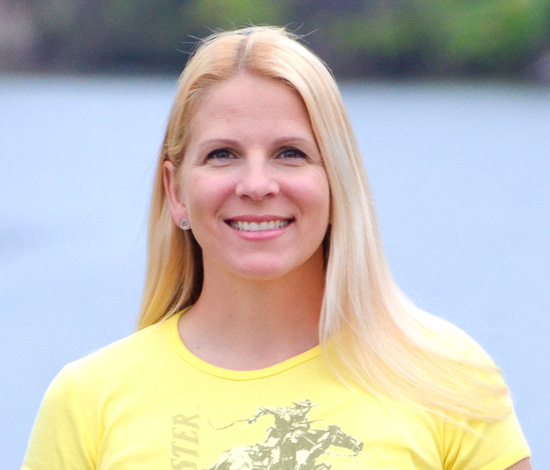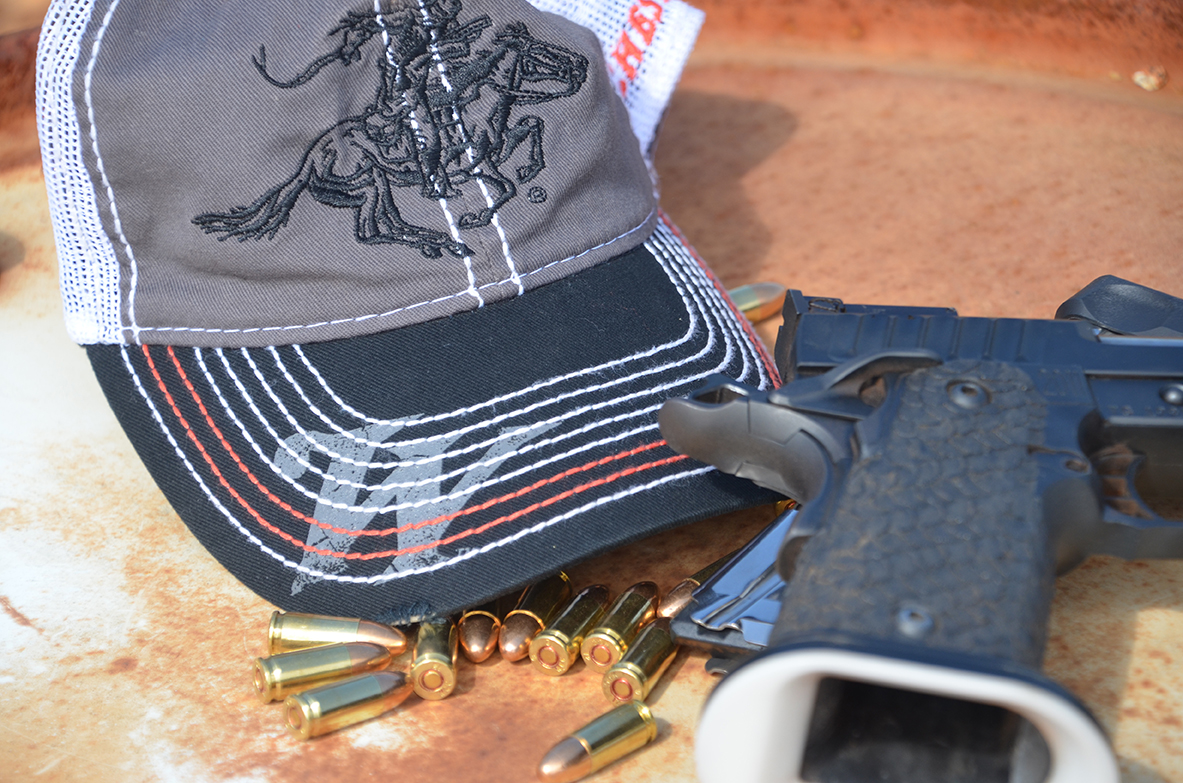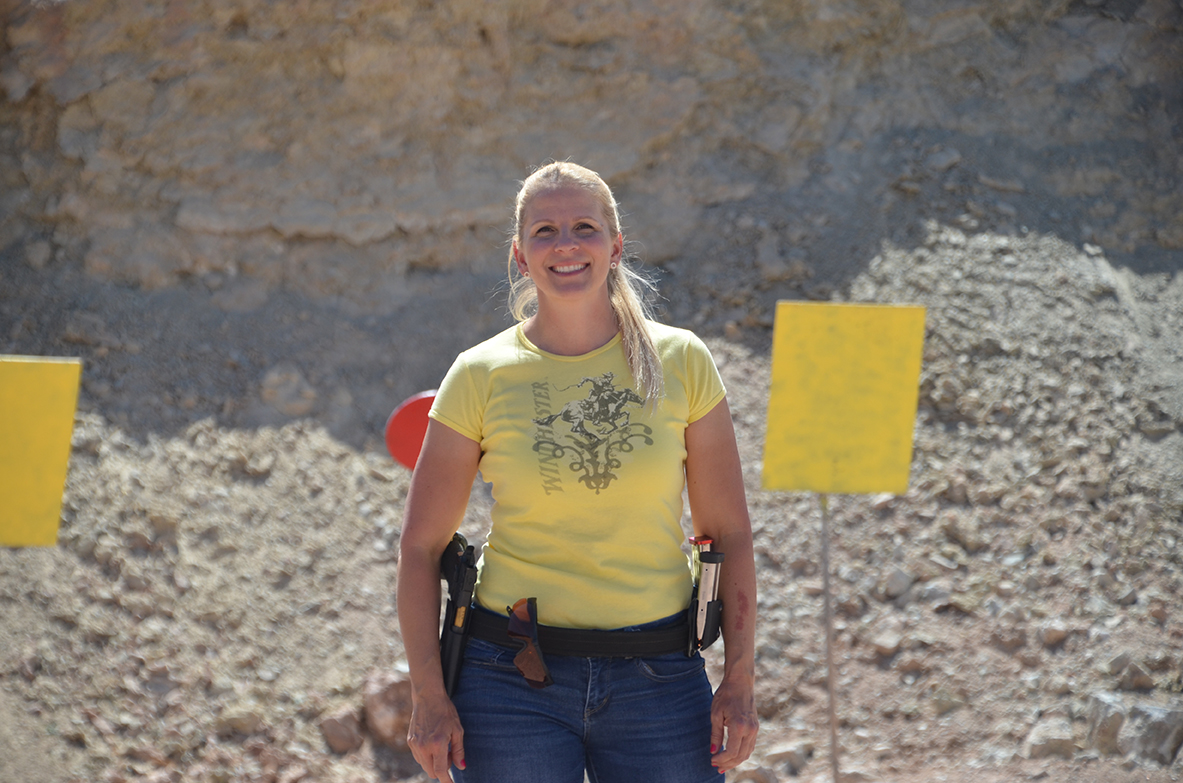Practice Drills 101 for Control When Shooting a Handgun
Now that we have mastered some of the simple tasks in shooting a handgun, like our draw and grip, we can really dig into practice with our handgun.
One of the things that new shooters need to understand about competition shooting is that a good stage or fast time is about so much more than just pulling the trigger. It is several sets of skills, artfully combined to produce the performance we want.Preventing cookies from being stored on your device may interfere with your ability to view video content.
You can adjust your cookie setting by clicking the button below.
One of the skills we need is control. We have to control our gun, obviously, but in that act are many smaller pieces to the whole puzzle. We can control our gun by controlling our sights (this is why we talked about grip), we can control our recovery from recoil (this is why we talked about stance), and we can control what we see (this is why we talked about focus on the front sight and dry fire to establish good visual habits)... but we can still break control into many smaller parts. Today, we will focus on controlling our speed.
Speed doesn’t come from increasing the rate at which you fire the gun. The big way to increase speed when you are shooting is to do everything between the shooting faster. That means faster splits (recovery and getting back to pulling the trigger from shot-to-shot), faster transitions (moving from one target to another), faster movement (from shooting position to shooting position), and cleaner, more efficient movement. In practical shooting, we use the phrase “economy of motion” to describe working a stage plan that will require us to take as few extra steps or movements as possible. Competitors will often walk the stages when they preview them; looking for the most efficient way to traverse the course without doing extra work. The creativity in this is one of the fun parts of handgun competition - you see what you see. Another competitor might see something differently, maybe taking a more difficult shot, but not having to do as much movement on the clock. Seeing how the various approaches shake out on the timer is always interesting.
In this video, you will see me drawing and shooting four rounds, two into each target. What you should be paying attention to are the splits and the transitions. You want to hear the cadence sound like a string of four shots; not two sets of double-taps. To accomplish this, I needed to get the gun moving quickly between targets.
This is a great drill because it shows how hearing can affect cadence and memory. If you shoot double-taps and just try to increase speed of double-tapping the target, you are forgetting about the time between the targets or the transition where you essentially are sitting doing nothing. Do THAT part faster and keep the shooting in an even cadence, 1-2-3-4. Not: 1,2 - 3,4. If you can’t stop double-tapping, shoot four shots into the berm at your desired cadence and get that pace into your head. THEN, do it on two targets.
Often, controlling performance can be affected by what is rolling in our heads. If we listen to the cadence of a novice shooter, we might try to go too slow. If we are squadded with a grand master, we might try to repeat what they did without the same training and experience to back up using such speed. So learning what cadence YOU need is an important part of practice.
Remember to follow Winchester’s social media channels for more hunting and shooting tips and updates on Winchester supported events and promotions on Facebook, You Tube, Instagram and Twitter.






